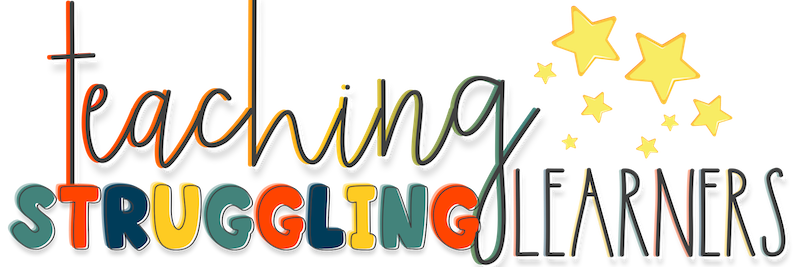RTI has 3 tiers, which may be confusing to some. So, I am going to explain Tiers 1 and 2.

Tier 1 is the largest tier, it has every student in it. I think of it like the bottom tier of a cake, the largest tier that holds everything else up. In tier 1, all of the major ingredients for learning are there, with some variation to make it appealing to everyone. In tier 1, everyone gets to experience the curriculum, but with some differentiation to meet the needs of the majority of learners.
Tier 1 includes anything that the whole school or grade level gets. For example, if the entire school is following the Positive Behavior Support model, then that is a tier 1 support. Documenting the support a student is already getting in tier 1, makes moving to tier 2 easier and more relevant.
Why do I need to document Tier 1?
Again, I will use an analogy, because that is the way my brain works. When you go to the doctor and they say “You need to lose weight.” Your first reaction is to role your eyes, say “I know, I’m working on it.” The doctor looks at you with THAT look, and says you need to eat healthy and exercise and moves on. What the doctor doesn’t know from that interaction is how hard you have already been working to lose the weight. Maybe you already are walking 2 miles every day, you’ve cut out soda and sweets, and you are eating more veggies than you want to think about. You are already doing a lot of good things, but maybe you aren’t losing the weight like you should. If the doctor knows what you are already doing, they can suggest a plan that is more tailored to your bodies specific needs.

Wow, that was a better analogy than I thought it was going to be when I started!
Just like the weight loss, if we know what you are already doing to help students who are showing weaknesses, we can make a better plan to target the issues the student is having. Otherwise, any suggestions aren’t going to be nearly as useful to help the student.
Ok, so what about Tier 2?

Tier 2 is targeted intervention. You use what you learned about the student in tier 1 to make more focused instruction for the student. Your goal in tier 2 is to “hit” the issue the student is having with strategies that are focused and solve the root of the problem. The tier 2 strategies you choose happen in addition to tier 1 teaching.
I explain more about this process, and give examples of how I use tiers 1 and 2 to support students in my classroom in my podcast: RTI Tiers 1 and 2 Explained. Check it out on all of the podcast platforms, and please don’t forget to rate it on iTunes and let me know what you think!
For more information about progress monitoring and how to get it started with your students, check out: 5 Steps to Begin Effective Progress Monitoring.
To be added to our mailing list and NOT get a bunch of spam emails….register below!
